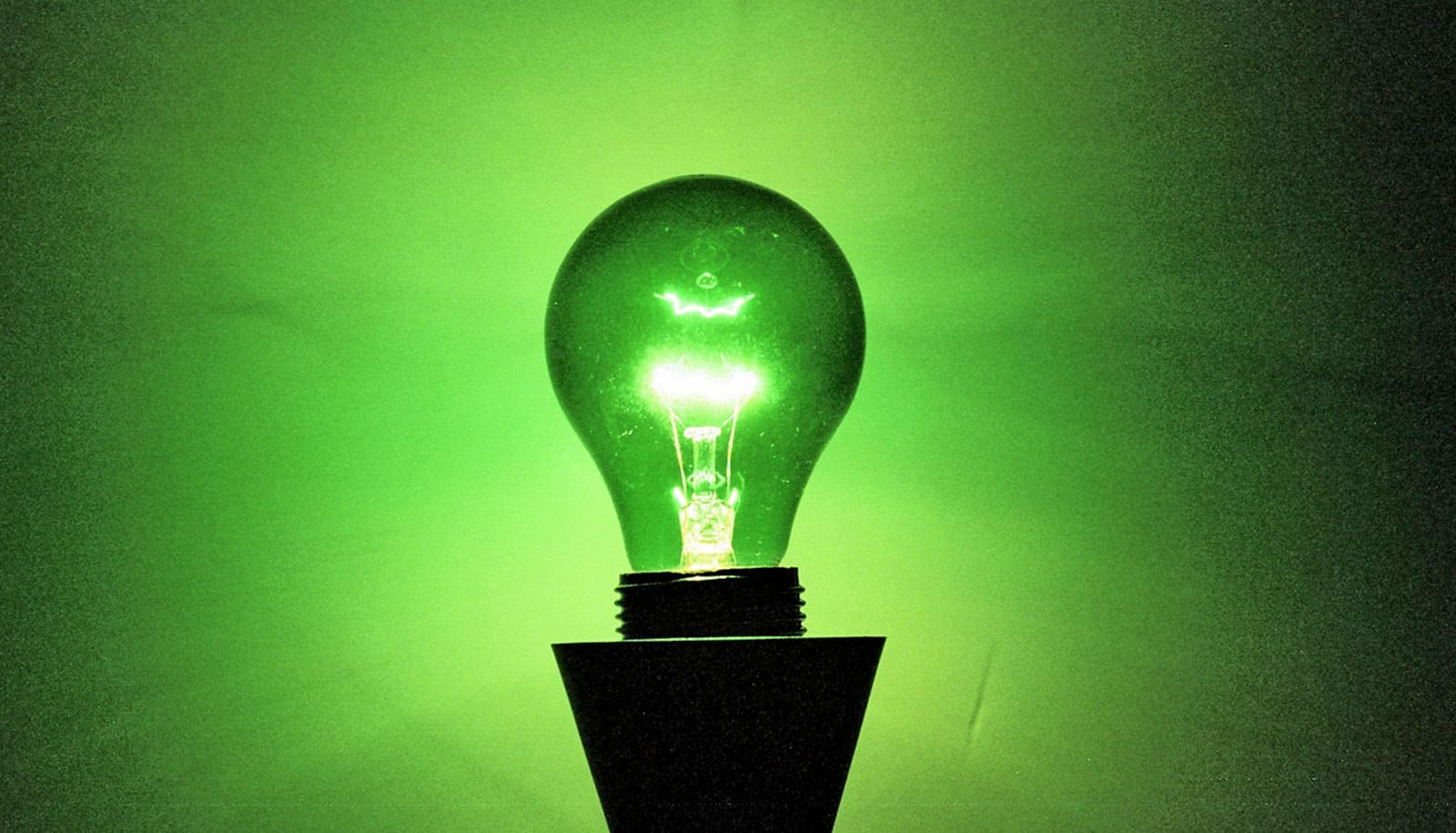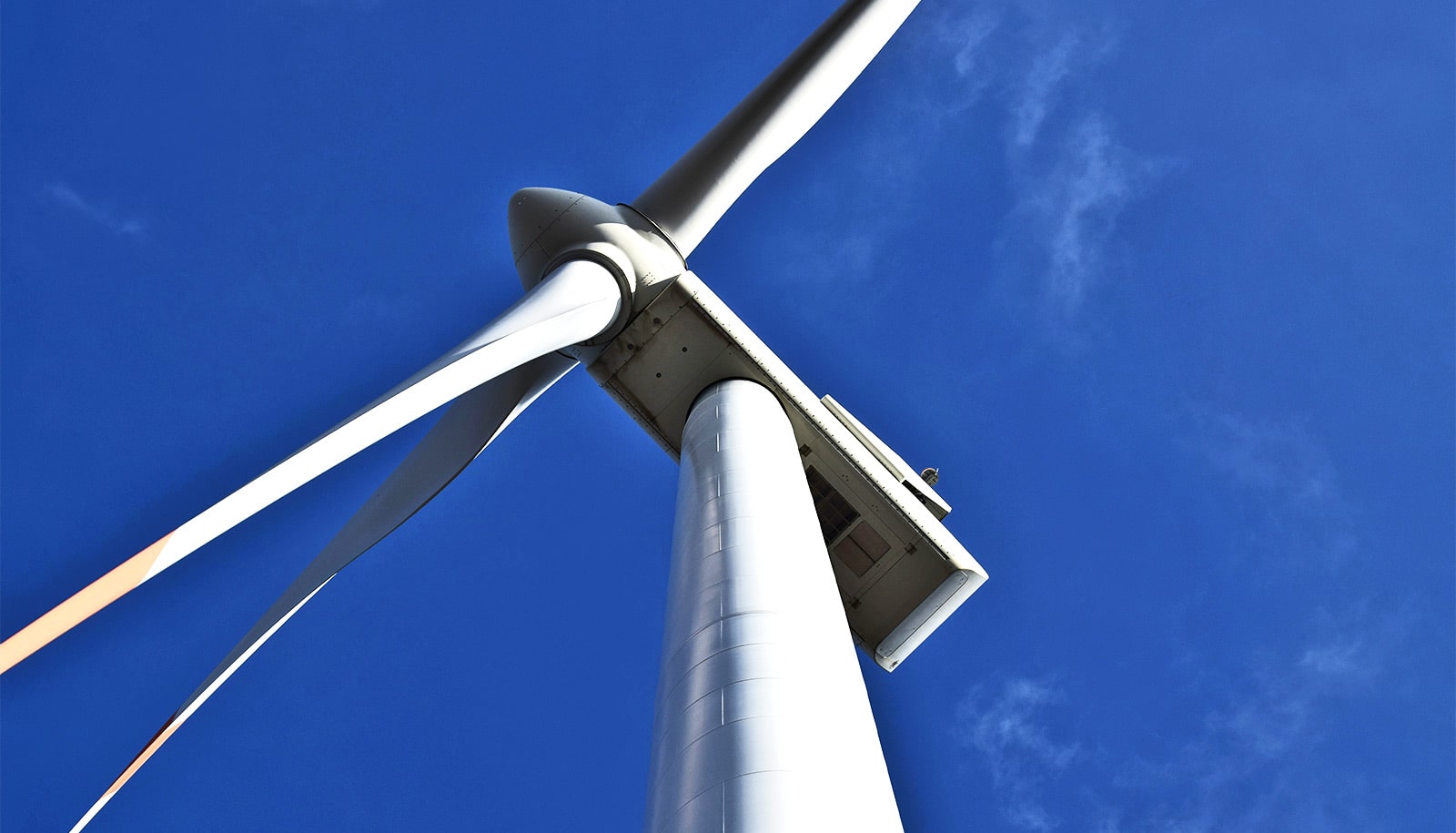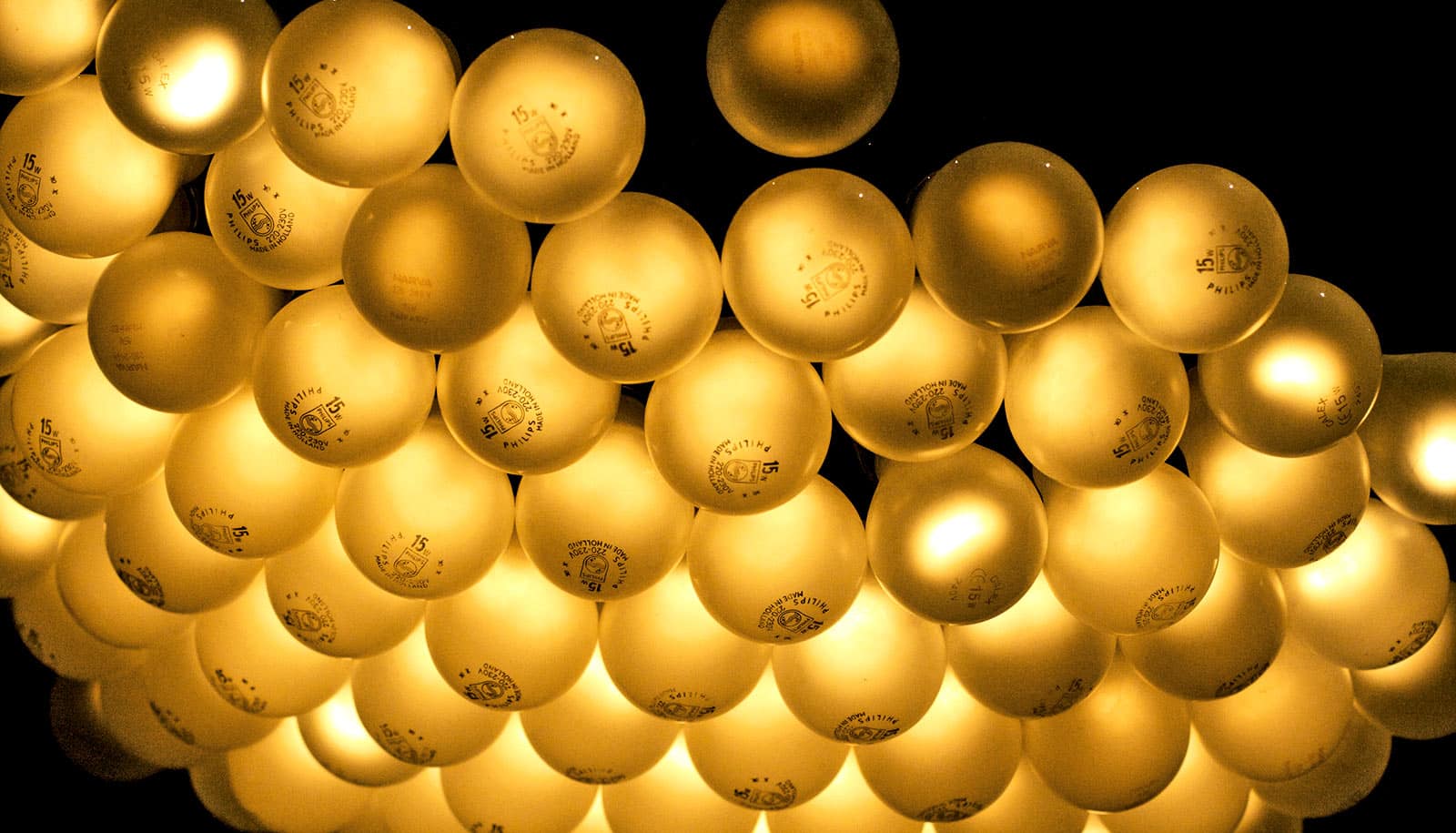Consumers are more likely to get sustainably produced electricity if that’s their provider’s default offer, according to new research.
People often choose the standard option. Standard or default settings influence decisions such as choosing to be an organ donor or printing on both sides of the page. In fact, economists and sociologists call this the default effect.
The same holds true for electricity, the new research shows.
The researchers analyzed data from two Swiss electricity suppliers—one large and one medium-sized—which changed their default offer a few years ago. Prior to the change, the companies supplied their customers with a conventional electric mix as standard. Anyone wanting power from renewable sources could order it at an extra charge.
Following the change, this was the other way around: “green” electricity became the default and anyone wanting cheaper, conventional electricity had to explicitly ask their power company to supply it.
Sticking with green electricity
Just how big this default effect was a surprise, the researchers say.
The team looked at nearly 234,000 private households. Of that number, 3% and 1.2% respectively opted for receiving green electricity before this became the default option. After the change, that proportion shifted to 85% and 89% respectively.
Overall, the default effect increased demand for green electricity by over 80% even though it was 3.6% more expensive than conventional electricity during the day and 8.3% more expensive during the night.
“It’s worth noting that even five years after the change, some 80% of the households are still sticking with green electricity,” says coauthor Jennifer Gewinner, a researcher in the group of Andreas Diekmann, professor emeritus at ETH Zurich.
When it comes to the two electricity providers’ business customers, the extra cost for green electricity were even higher—at 5.8 and 14.3% respectively. Here too, the researchers observed a pronounced default effect. Among business customers, the proportion procuring green electricity from provider A rose from 3% to 77%, and from 0.7% to 84.7% for provider B. The effect was persistent here as well: six years on, the proportion of green electricity customers has fallen only slightly from 77 to 71%.
Reducing CO2 emissions
The researchers also examined whether or not purchasing green electricity led to higher consumption. It was conceivable that customers might take the perspective that “because my electricity comes from a responsible source, I don’t have to worry about consuming more of it” to give themselves a kind of “moral license.”
However, the researchers could not discern such an effect in relation to green electricity. Households supplied with green electricity did not consume significantly more power than those supplied with a conventional mix.
“Since having a green default dramatically shifts electricity demand towards renewable sources, it is an easy way to reduce CO2 emissions,” Diekmann says.
Because Switzerland’s electricity mix includes a large proportion of hydroelectric power, the positive impact of the default effect on the environment is minor.
“But countries like Germany, the US, or China could benefit greatly from a green default,” Diekmann says. “We calculated that with regard to private households, Germany would have saved 45 million tonnes of CO2 emissions in 2018 alone. That’s a massive effect considering the simplicity of the measure.”
The paper appears in Nature Human Behaviour.
Source: ETH Zurich



